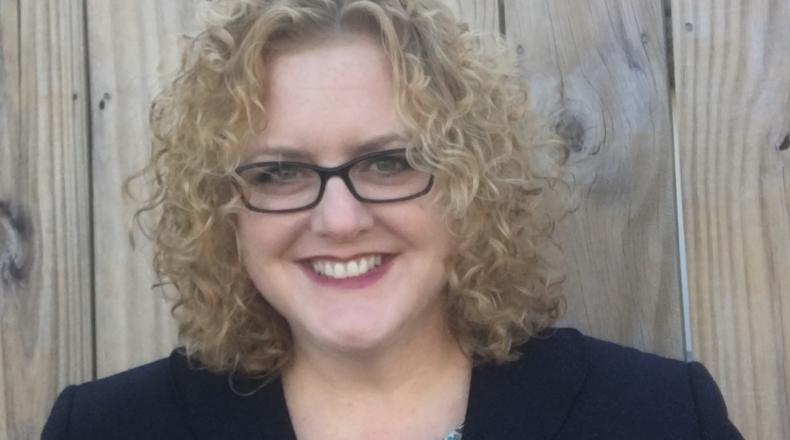Tracy Vanderneck, MSM, CFRE: Fearless Fundraising & Governance: Increasing Equity in the Nonprofit Sector

The Association of Fundraising Professionals has provided a series of comprehensive tools to help ensure chapter memberships and boards are reflections of the local communities they serve. The Diversity & Inclusion Committee of my chapter, Southwest Florida, has since been working on creating goals and putting plans into action. These efforts mirror the trend for more inclusivity, diversity, equity, and access in the nonprofit sector as a whole.
As a white, straight, cisgender woman, I don’t face the same challenges that some of my peers in the fundraising and nonprofit arena do. I am self-aware enough to know that the people who start out at the proverbial table (sometimes at least partially because of inherent characteristics over which they had no control) often don’t take steps to address the barriers to entry that others face to get to the same place. There typically isn’t malicious exclusionary intent; it’s simply that sometimes people who don’t face obstacles to inclusion don’t realize that others do. In which case, it becomes more about awareness and willingness to take action once there is a more complete understanding of the situation.
Professor Shana Goggins, LPCA, MPA, Appalachian Studies, at Eastern Kentucky University, describes it this way: “Those already at the table influence the perception of who should be at the table. That perception could be stopping other people from trying to join. However unintentionally, homogenous groups tend to send signals that membership is exclusive. It is important to address the situation in a conscious effort to make the group more inclusive.”
As a woman, I am among the 50 percent of people in the United States who are not represented equally in our government and in positions of power. Females in the workplace often earn less and hold fewer executive positions than our male counterparts.
When I consider that gender is really the only qualifier I have to deal with—yet it is a significant factor in how I think, work, and live in our society—I realize how many more inherent traits I could have that would amplify the number of roadblocks to equity and equality. My peers of different races, religions, gender identities, sexual orientation, education levels, physical abilities, and many other varied and sundry characteristics have exponentially more barriers between themselves and full and equal access in the workplace (and in many other life settings).
It’s amazing: just one inherent personal characteristic such as my gender has such a significant effect on how I view the world and the nonprofit sector and how I navigate in them. Now imagine how much more intricate a maze I would have to carefully and strategically maneuver if I were a person of color, a non-U.S. citizen, a person with a physical disability, was considered too young to be a leader, or was part of the LGBTQ+ community. So if I have an inherent advantage, and if I can play even a small part in the conscious effort to help fundraising and the nonprofit industry be more inclusive, that is what I’ll do.
Getting the Best
For nonprofits to run well and be effective, we need the best possible people, talent, ideas, resources, energy, and motivation. We care deeply for the missions we support and the services nonprofits deliver. We make the world a healthier, more stable place that exposes people to beauty and art and music, that helps care for animals, that educates, advocates, and celebrates.
If as a sector we are charged with such important work, why would we operate with talent from only a portion of the available workforce and volunteer base? If nonprofit boards, executives, staff, and volunteers all look the same and come from the same backgrounds, how will we expand our thinking and actions beyond what we already do? The sector is ever-changing and evolving; new methods of fundraising are created regularly. To truly benefit from different perspectives, thought processes, and bases of knowledge, we must actively work to create fair and accessible onramps to inclusion. Maybe even knock down a few glass ceilings so adventurous thought leaders can parachute in.
No matter what type of nonprofit we operate, and regardless of the characteristics of the people who make up the majority of our executives, staff, and volunteers, we can all improve ourselves and the operations of our organizations if we consider things from different points of view. To quote an oldie but goodie, “if we keep doing what we’ve always done, we’ll keep getting what we’ve always gotten”. Why would we want to do that if we could harness the creative energy of everyone in our communities and work together for the greater good?


 Tracy Vanderneck, MSM, CFRE, is president of
Tracy Vanderneck, MSM, CFRE, is president of